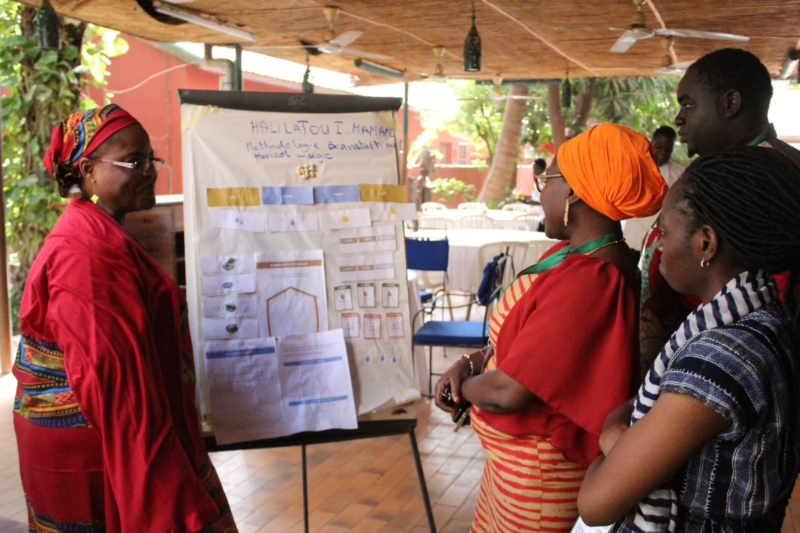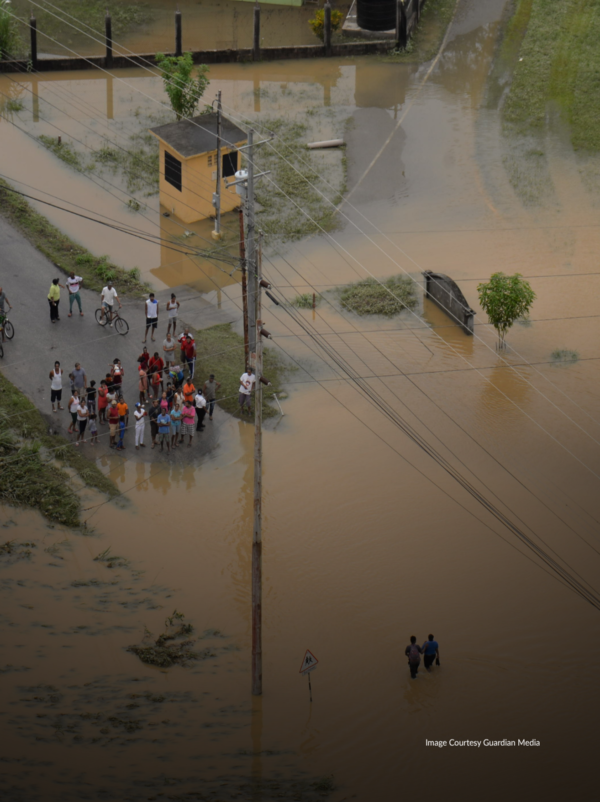Current needs for climate services in West Africa: Results from two stakeholder surveys
Authors
B. Sultana, Quentin Lejeune, Inga Menke, G. Maskell, Kaylin Lee, M. Noblet, I. Sy, Pierre Roudier

ISIpedia recently published a study that assesses the current needs of climate services in West Africa and provides implications for development of future climate services, in conjunction with CLIMAP, a Senegalese initiative that will provide climate projections designed especially for the agriculture sector. The results were drawn from two different surveys conducted by the two initiatives with the aim of understanding the state of climate service use in the region and identifying design principles for effective climate services.
Despite some differences in survey structure, both surveys signaled that there is a general consensus on the importance and the limitations of climate service usage. In West Africa, climate services are often used directly for adaptation planning or for vulnerability studies that support the integration of adaptation into policies. Although the use of climate services appeared to be important for many respondents, they showed low frequency of use and expressed low satisfaction towards currently available climate services.
Further responses further clarify that this low uptake is mainly due to irrelevance (i.e., discrepancy between sectoral or topical data of respondents’ interest and data available) and incompleteness (i.e., huge uncertainties) of the available services and the lack of infrastructural and human capacity (i.e., poor internet connection, expertise to understand the given data).
By identifying the current landscape of climate services, particularly in a certain geographical context, we gained valuable insights into the ways in which a climate service can reach its maximum potential and serve the needs of its users. We suggest that in the center of such effort is continuous engagement of future users in order to develop climate services that are tailored to their needs. Only through a bottom-up approach we will be able to communicate available climate information effectively to inform decision making.











